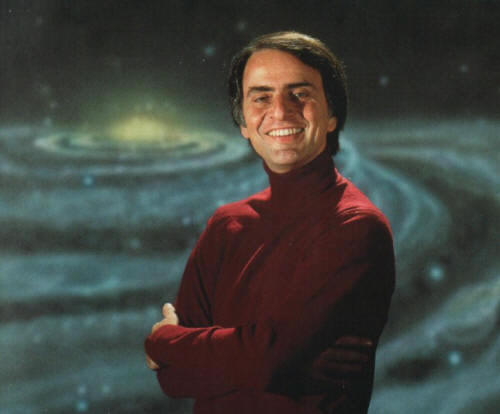
As each of us reaches a point in life where our own mortality begins to signal our radars, the measure of our life by “time” becomes ever more important. Each of us has our own personal sense of time and relationship with it. Depending on our given situation, that relationship varies; for some, it ticks quickly — for others, it may move very slowly.
Some waste it. Some clutch it desperately. Others perceive it as limitless. That is for each of us to determine. Every time death touches us in life, we cannot deny our encounter with time and the science of the universe at large. After all, our bodies contain carbon from the earth’s layers and once we are cremated or buried naturally, each of us will be one with the earth again.
Carl Sagan, the famous American astronomer and astrophysicist who helped put popular science on the map, had his own personal fascination with time. As a child, he witnessed the burial of a time capsule at the 1939 New York World’s Fair, which impacted him throughout his life.
He proceeded to include gold-encrusted time capsules on both the Pioneer and Voyager, reaching as far into space as possible with mortal fingers. While one could argue that museums, the pyramids, and Pompeii are standing time capsules, the world’s biggest official time capsule was built in New Zealand to celebrate the Millennium. It houses the last 1,000 years of New Zealand’s history, tucked into many vaults around a pyramid.
As death finally approaches each of us, we can’t help but feel dwarfed by its presence pending on the horizon — and wonder what that implies for the meaning of life in this universe. Biologist Tyler Volk, in his book Death & Sex, reminds us that, “The universe, stars, and other large-scaled physical systems such as galaxies, continents or mountain ranges — all lend themselves to biological analogies of birth and death. The physical giants are virtually immortal compared with us.”
We may be daunted and seek ways to hold onto the memories of those we’ve loved and lost. We find our own process for retaining memories, from keeping a special room untouched to constructing a home altar in tribute. For some, the idea of a time capsule allows us to hold those memories close, to be rediscovered again in another time, to live on not only as memory but as artifact. As Carl Sagan was quoted, “For small creatures such as we the vastness is bearable only through love.”
I have always had my own fascination with science, and especially time capsules. Now as I search the Internet, I realize I am not alone — how-to guides for creating your own personalized time capsule abound. I think Volk says it well: “It’s in human nature to hold onto our memories for as long as we can to try to capture the significance of our time on earth.”

 The Science of Death
The Science of Death


 First the Wealth Gap, Now the U.S. Has a Growing Health Gap
First the Wealth Gap, Now the U.S. Has a Growing Health Gap
 How to Comfort A Dying Loved One
How to Comfort A Dying Loved One
 Our Annual Seven Holiday Gifts for Someone Who Is Grieving, 2024 Edition
Our Annual Seven Holiday Gifts for Someone Who Is Grieving, 2024 Edition














